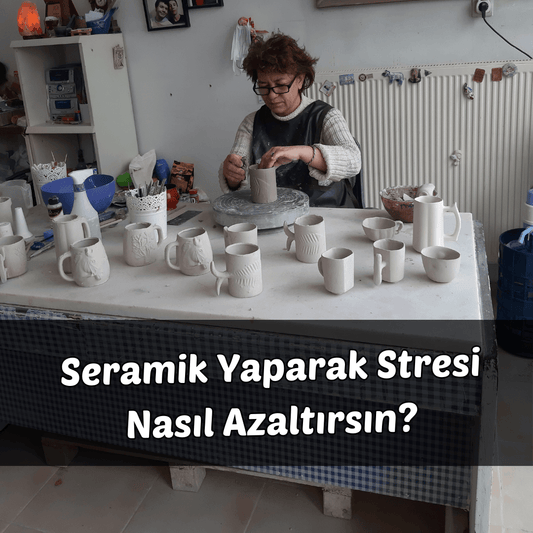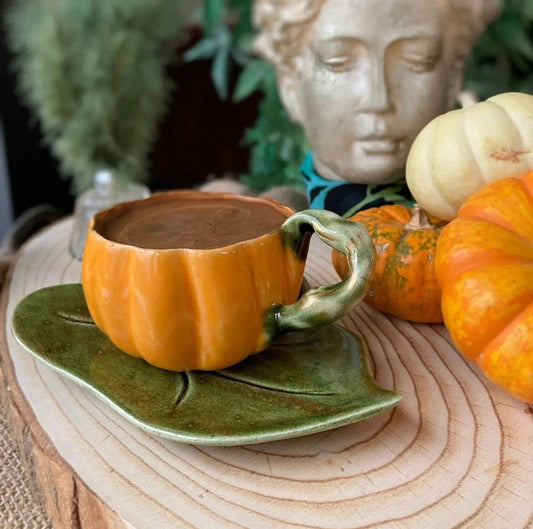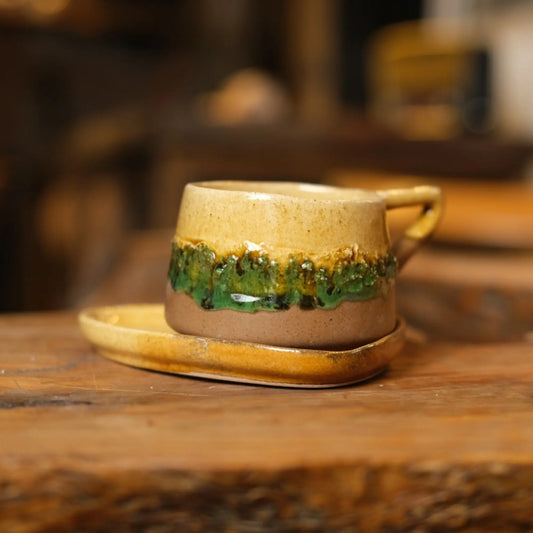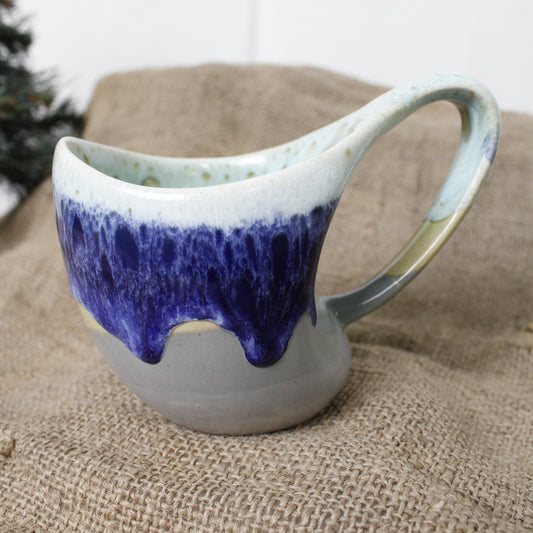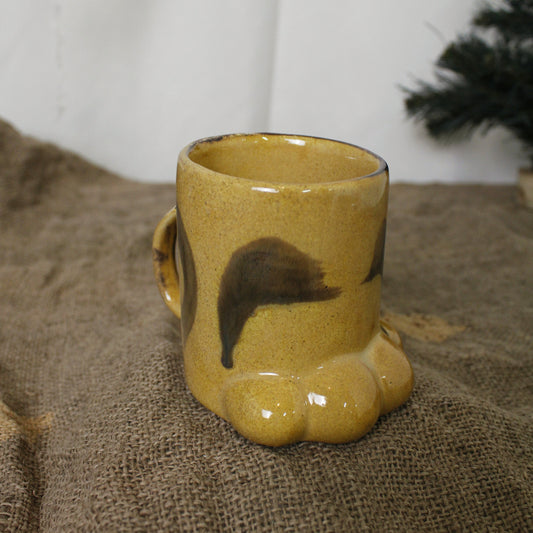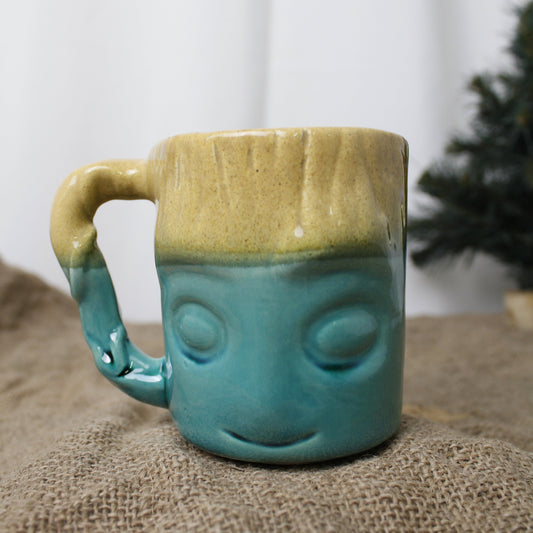Master the Potter's Wheel

Working with a potter's wheel is one of the most exciting and enjoyable aspects of ceramic art. But let's face it, it takes time to master this craft. If you are new to the potter's wheel, it is very important to start with the right steps. I wanted to share with you a few simple exercises that will make this process easier and more fun. You will both improve yourself and have a more enjoyable time on the wheel.
1. Centering Exercise
Centering is like the ABCs of a potter's wheel. Placing the clay exactly in the center of the wheel will ensure that all the shaping you do afterwards is smooth. It may seem difficult at first, but don't worry, you'll get the hang of it with practice.
- How to: Place your clay in the center of the lathe and grip it tightly with wet hands. Use your thumbs and palms to move the clay up and down. Your goal is to keep the clay in the center.
- Tip: Don't let your hands shake, try to keep them steady. It's best to move slowly and with control.
2. Cylinder Making Exercise
Making cylinders is the basis for lathe shaping. With this exercise, you learn how to shape clay into thin, smooth walls.
- How to: Pull your centered clay upwards. Use your hands to lift the walls of the clay up and make it thinner. This is a great way to start taking control of your clay.
- Tip: Try to keep the walls of the clay as evenly thick as possible. This will give you a more balanced form.
3. Bowl Making Exercise
After making cylinders, it is a good step to practice with bowls. This exercise develops the ability to expand the clay and create a nice inner curve.
- How to: After rolling, use your hands to expand the top of the clay outwards. Curve the inside with your fingers.
- Tip: Take your time when creating the inner arch, be slow and gentle. Move your fingers into the clay with steady pressure.
4. Lip Making Exercise
Shaping the lip of a pot gives your piece a nice finish. With this exercise, you will learn how to create an aesthetic and functional lip for your pot.
- How to: Once you have made the top of your pot or bowl, use your fingers to gently pull the lip outwards. This softens the finish of the mold and adds an aesthetic touch.
- Tip: Be light when shaping the lip area. The clay can be very delicate at this stage, so be gentle.
5. Exercise of Making a Lidded Container
Making containers with lids is a bit more advanced, but it's just as rewarding. With this exercise, you can develop your skills in making containers and lids, and learn how to achieve the perfect fit between the lid and the container.
- How to Make: First make a container and then make a lid in the same way. To ensure a good fit between the lid and the container, make the lid a little bigger and check by baking it together with the container.
- Tip: The lid should fit snugly onto the container, but not jammed. It may be a good idea to leave a small gap in between.
6. Shape Experiments
Trying out different shapes on the lathe is a great way to improve yourself. After cylinders, bowls and containers, you can get creative by shaping the clay into different shapes.
- How to Do It: Try different shapes by pulling, squeezing and shaping the clay in different directions. Discovering how your hands can play with the clay is very important at this stage.
- Tip: Experiment a lot at this stage. Everyone's style is different, be brave to find your own style.
7. Review and Evaluation
After you have practiced, it is important to watch and evaluate your work for a while. This will help you understand where you are doing well and where you need to work harder.
- How to Do It: Examine the pieces you made. Evaluate whether the forms are smooth, the wall thickness is even, and how you control the clay.
- Tip: Photographing your work and taking notes is a great way to monitor your progress.
Conclusion
Working with a potter's wheel requires patience, but every moment is a lot of fun. With these exercises, you can both develop your basic skills and find your own unique path in the world of ceramics. Remember, every piece is an experience for the next step. Don't forget to have lots of fun on the wheel and let your creativity run wild!



